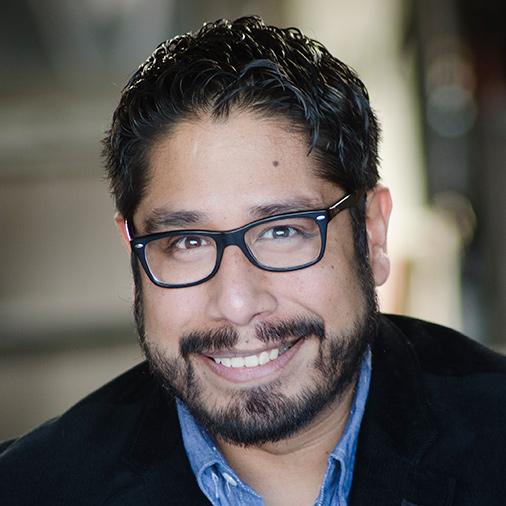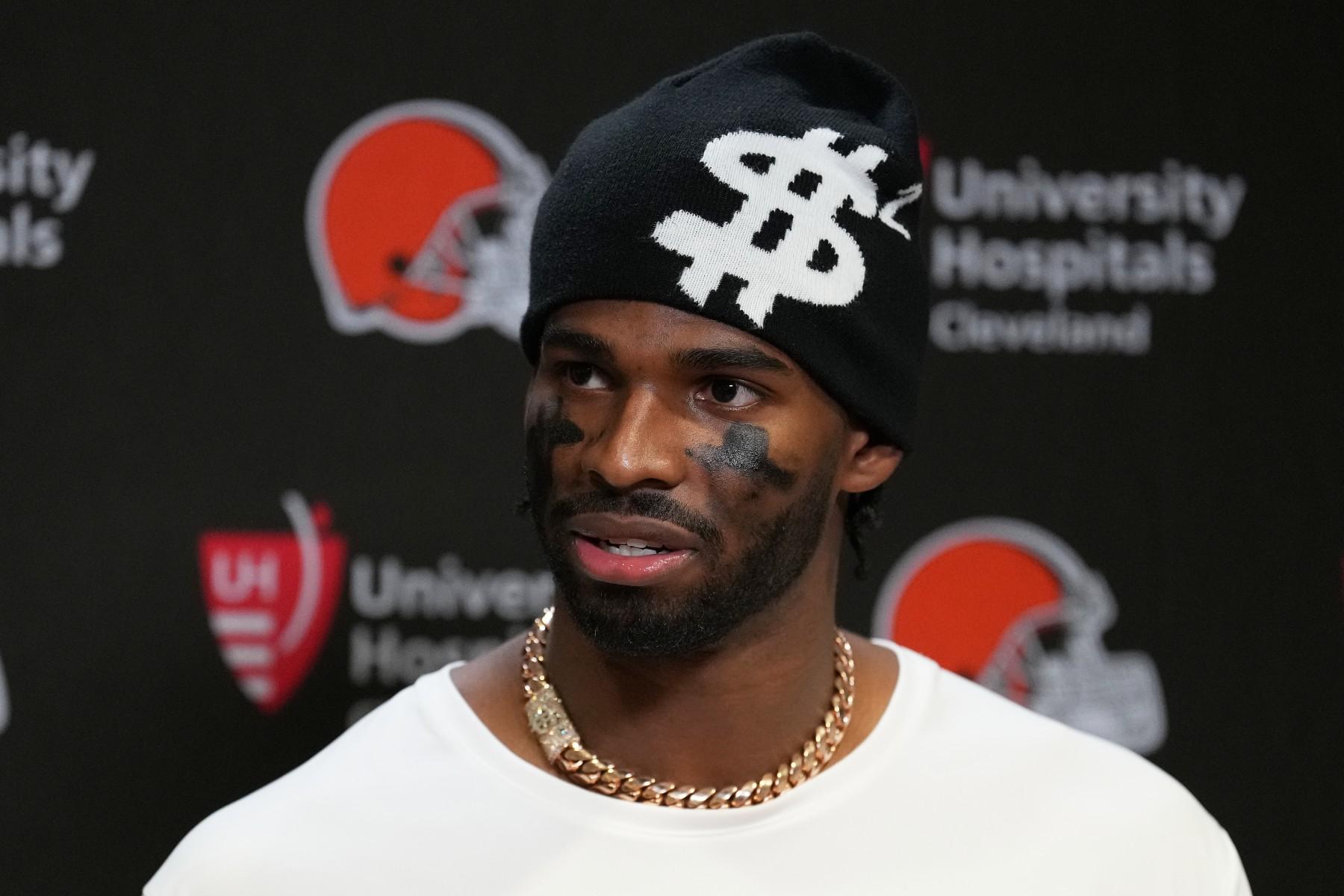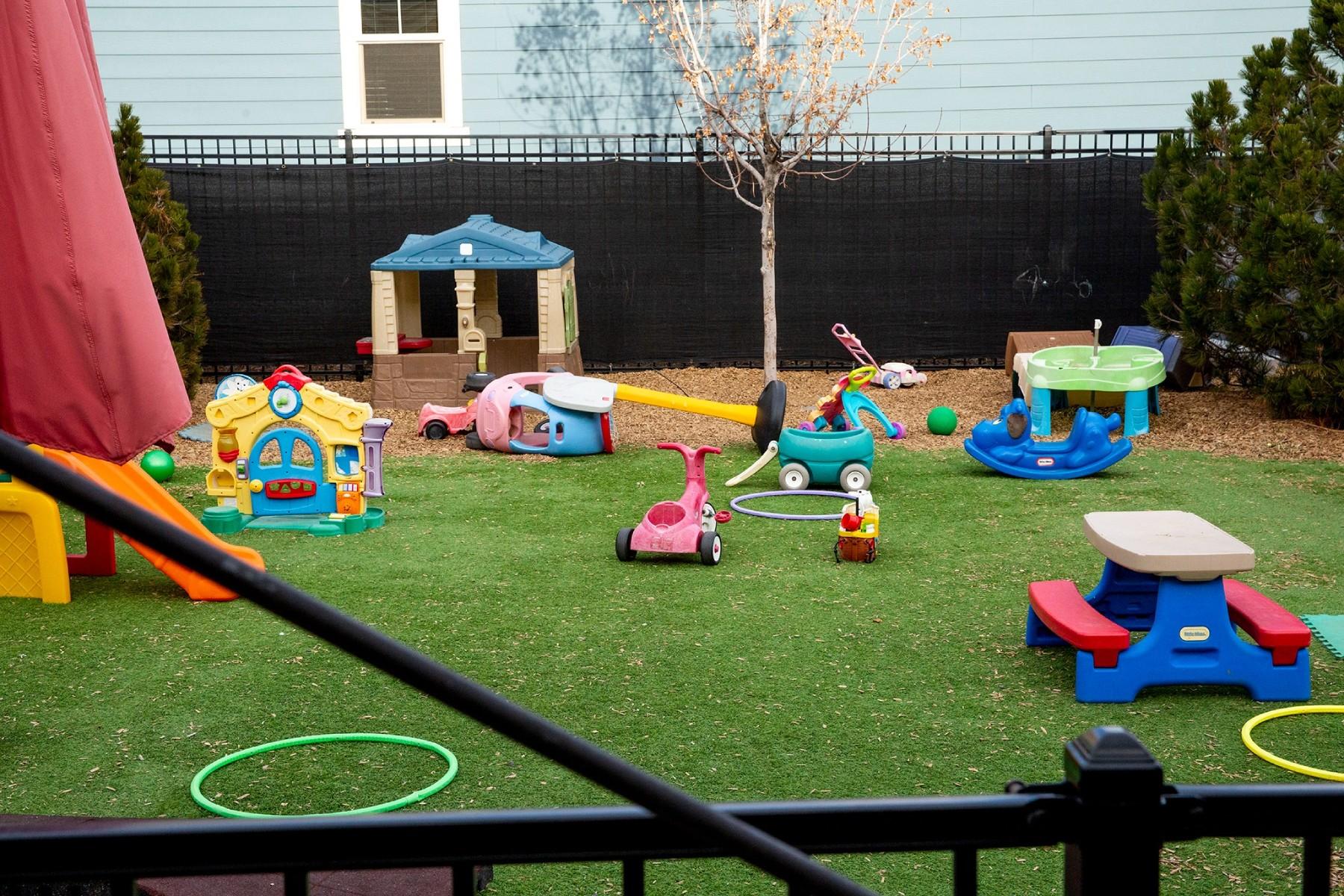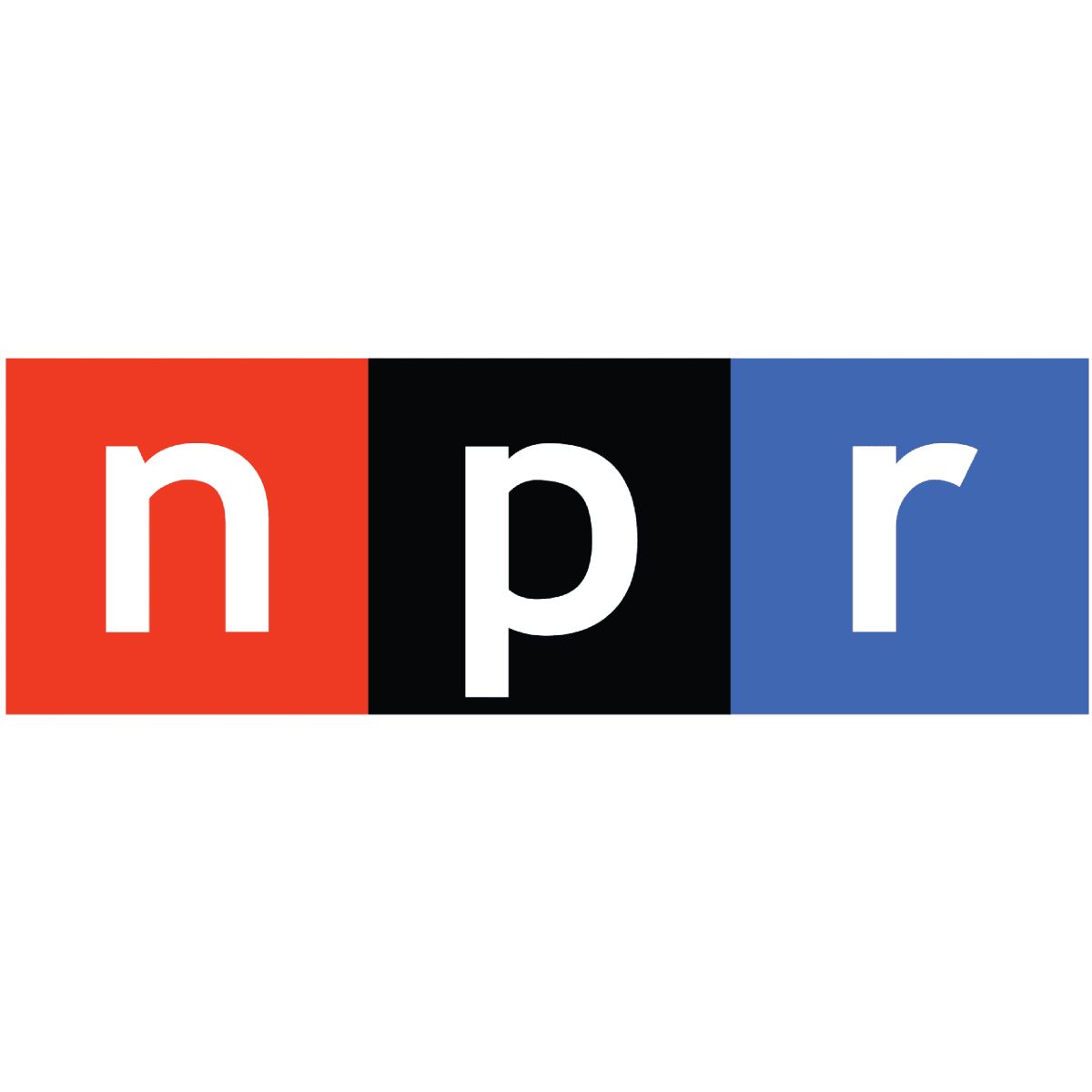
Colorado unaffiliated voters were allowed to participate in primaries for the first time Tuesday. The state's largest bloc of voters gave this year's election new significance, but also caused confusion.
Those voters cast more than 300,000 ballots in the primaries, about a 25 percent turnout. The Secretary of State's office says overall turnout for the election will be about 36 percent.
Unaffiliated voters got two ballots in the mail, one for each major party. Only one could be sent back. If both were returned, the vote was voided. In addition, a person's choice of ballot is now public information.
- Polis And Stapleton On The Biggest Problems Facing Colorado
- Primary Results For Colorado's Choices For Governor And More
Two-thirds of unaffiliated voters selected the Democratic ballot. But about 5,100 voters incorrectly returned both ballots.
Colorado's Director of Elections Judd Choate said the two percent spoilage rate is comparable to other states who conduct the same kind of open primary.
"In a smaller race that absolutely could swing a turnout or an outcome. Statewide, with the larger races, probably not," Choate said.
"Any ballot that was attempted to be cast that we couldn't count is obviously disappointing," he said.
El Paso County has the highest rate of voided ballots at five percent.
Different counties designed different ballots, secrecy sleeves and voter directions. The Secretary of State's office plans to look at which county designs were most effective, Choate said.
The open primary system in Colorado could change in the future. Because propositions 107 and 108 were statuary changes and not constitutional ones, they can amended by the legislature.









